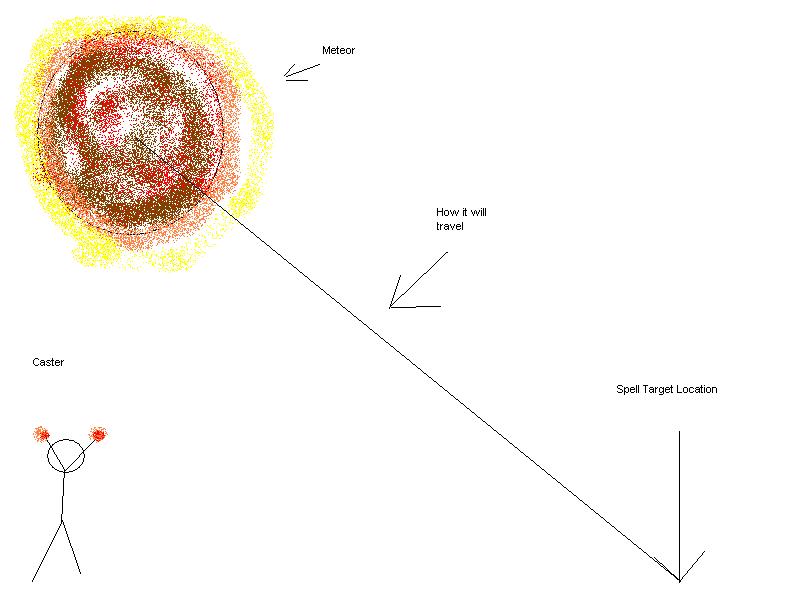- Joined
- Apr 6, 2008
- Messages
- 760
Hi, i need some help with some math. im creating a meteor spell, but i have some problem calculating how much i should decrease the meteor's height every 0.03 sec. its height must be 0 when it reach the target location
what i want is so the meteor will look realistic even if u target on the caster or far away from it
'MoveDist' how much the meteor move every interval.
'Interval' How often i run it
'Distance' How far between the caster and target location
'MaxHeight' The height it have when i create it
'Height' Its Current Height
You dont have to use all of these ofc

what i want is so the meteor will look realistic even if u target on the caster or far away from it
'MoveDist' how much the meteor move every interval.
'Interval' How often i run it
'Distance' How far between the caster and target location
'MaxHeight' The height it have when i create it
'Height' Its Current Height
You dont have to use all of these ofc
Attachments
Last edited:







